The unusual weight of tuna reflects climate change and the threat to the species from increasing demand and overfishing.
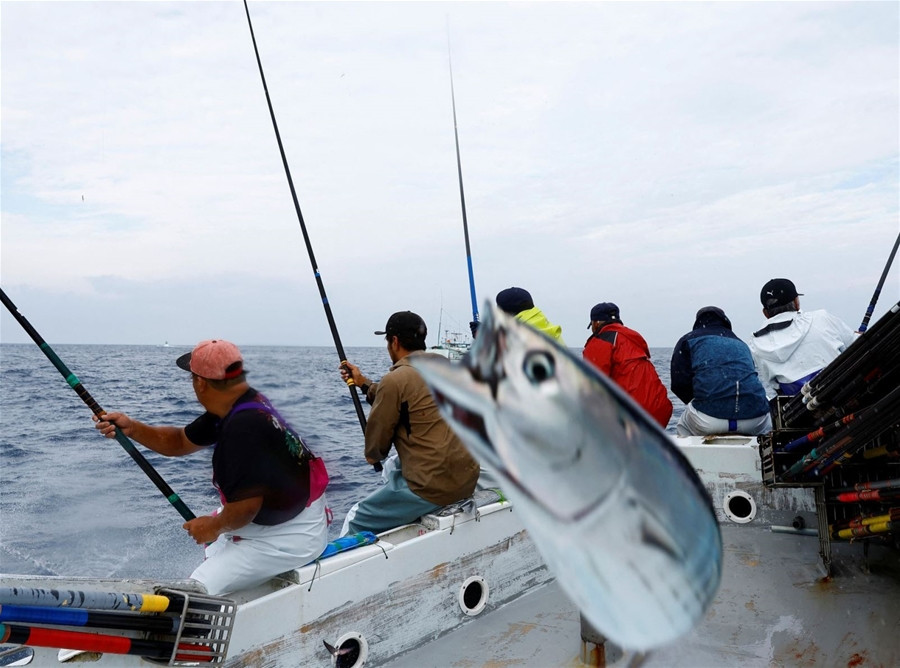
Kochi fishermen still catch tuna with traditional hooks
For half a century, Mr. Takeo Nakajo has been fishing for katsuo, an indispensable ingredient in Japanese cuisine that can be prepared in a variety of ways, from raw, dried, or used to make broth.
However, he and other fishermen in Kure (Kochi Prefecture, southwestern Japan) have noticed a worrying phenomenon over the past two years - an unprecedented amount of fatty tuna.
While heavier tuna means more profit, locals and experts say the unusual weight of the tuna also reflects climate change and the threat of extinction to the species due to increasing demand and overfishing.
“The tuna are getting fatter because of the water temperature,” said Mr. Nakajo, 70. “I’m worried that one day the skipjack tuna will disappear from the bay and we won’t know what to do.”
Noriaki Ito, head chef of the century-old Tsukasa restaurant in Kochi city, said he had never seen tuna this fatty.
This is particularly worrying because climate and sea level change have already wiped out several fish species, including the chambara-gai, which used to be a Kochi delicacy. Native to tropical waters, Pacific bluefin tuna migrate northwards each spring with the warm waters.
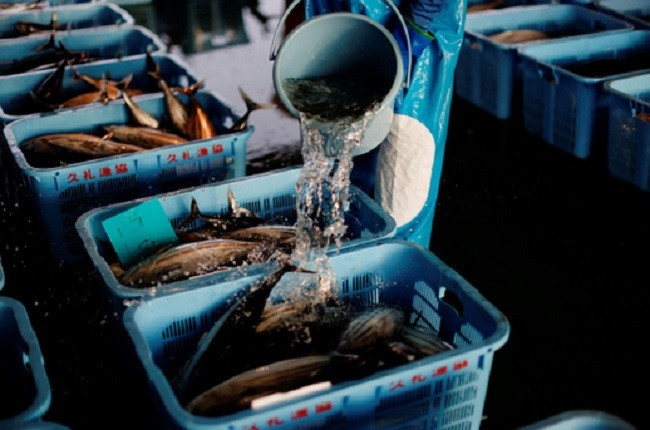
The unusual weight of tuna reflects climate change and the risk of extinction for this species. Photo: Reuters
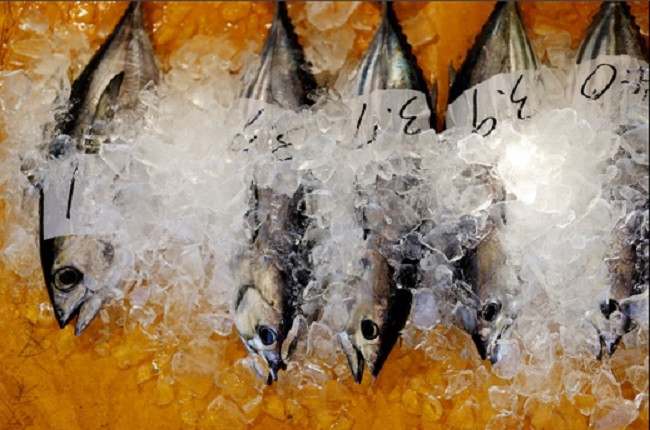
According to data from the local fisheries laboratory, the bay’s surface temperature in winter has increased by 2 degrees Celsius in 40 years. It is likely that the large size of the tuna stems from the warmer seas, which have allowed more species to thrive, thus increasing the food source for the fish.
However, in the long term, warming temperatures could prevent mineral-rich water from rising to the surface, leading to reduced plankton and small fish, and therefore fewer tuna.
The situation comes as Japan's aging population threatens the sustainability of local fishing and related businesses such as tuna production.
“We can distinguish the different tastes of skipjack tuna, just like French farmers can appreciate the subtleties of wine,” said Takahiro Tanaka, a fourth-generation fisherman from a long-standing fishing family in Kure. “This may be one of the last communities in Japan where skipjack tuna is part of the everyday culture. But without the fishermen, the culture would disappear.”
Overfishing has also hit fishermen in Kochi hard, as they still rely on traditional pole-and-line fishing instead of the large-scale purse seine fishing that has been common across the Western Pacific.
Government data shows that catches in Kochi are just a quarter of their peak in the 1980s.
“We have seen a serious decline in skipjack tuna stocks over the past 10 years. More and more people are worried that they may not be able to eat skipjack tuna in the near future if this trend continues,” said Hiroyuki Ukeda, vice president of Kochi University.
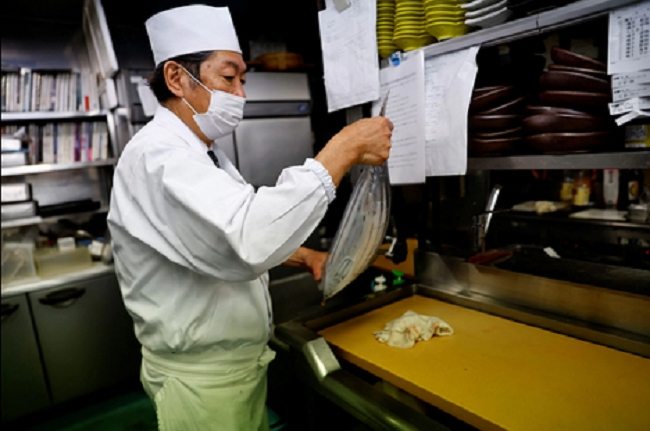
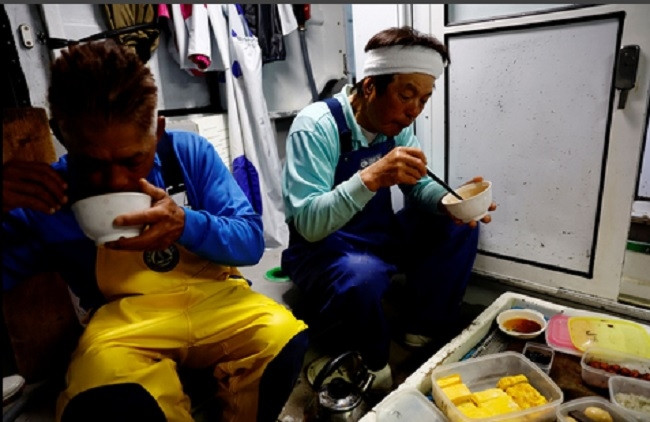
Japan's aging population threatens traditional fishing industry. Photo: Reuters
The production of dried tuna, fermented tuna, and tuna broth has also become difficult. In 40 years, the number of manufacturers of tuna products in Kochi has decreased from dozens to a few establishments.
Wasabi, a specialty condiment used in sashimi and sushi, is facing similar production challenges. Masahiro Hoshina, head of the wasabi growers’ association in Okutama, a mountainous region west of Tokyo, said typhoons and rising temperatures have hurt production.
The number of farmers in the area has dropped by 75% since the 1950s due to population decline. Some fear sushi culture is under threat.
“The combination of raw fish and wasabi is an art and we must maintain both. I never want to think of a future without sushi,” Mr. Ukeda said.
According to Tin Tuc newspaper